Top 5 Crypto Trading Platforms in the UK in 2025 – AI Tools for Crypto Traders

In 2025, the UK’s cryptocurrency market continues to grow as retail investors, institutions, and tech-savvy traders turn to digital assets as a way to build wealth and diversify their portfolios. With more platforms than ever offering crypto access, the challenge is no longer just buying Bitcoin—it’s choosing the best crypto trading platform to help you make intelligent decisions.
This guide highlights the top 5 crypto trading platforms in the UK in 2025, with a special focus on the emergence of AI crypto trading tools that are transforming the way smart investors trade. At the top of our list is Token Metrics, a platform that’s redefining crypto trading through artificial intelligence and cutting-edge analytics.
What Makes a Great Crypto Trading Platform?
Before diving into the list, let’s clarify what qualifies a platform as one of the best in 2025. A top-tier crypto trading platform should:
- Be compliant with UK financial regulations
- Offer intuitive tools for trading, research, and portfolio management
- Include advanced features such as charting, automated insights, or AI analytics
- Provide real-time data, alerts, and security
- Empower both beginners and professional traders
Now let’s explore the platforms setting the standard in the UK’s crypto landscape.
1. Token Metrics – The Best AI Crypto Trading Platform in the UK (2025)
Website: www.tokenmetrics.com
Token Metrics is not a centralized exchange, but it’s hands-down the best crypto trading platform in the UK for traders who want to level up their strategy with AI, data, and deep insights. It helps you decide what to trade, when to trade, and why—before the rest of the market catches up.
🔍 Why It’s #1:
- AI-Powered Ratings: Each token is evaluated using machine learning models across multiple dimensions—technical indicators, fundamentals, sentiment, and on-chain data.
- Bullish & Bearish Alerts: Real-time AI signals notify you of trending opportunities before prices explode or dump.
- Smart Indices & Portfolios: Build or follow crypto index strategies based on sector (AI, DeFi, Gaming), risk tolerance, or momentum.
- Moonshot Reports: Weekly research uncovering low-cap gems with 10x–100x potential.
- Custom Alerts: Get notifications on token movements, volume spikes, social mentions, and AI rating changes.
✅ Best For:
- UK crypto traders who want to trade smarter, not harder
- Investors looking to combine on-chain data, AI signals, and narrative trends
- Institutions or power users seeking actionable research
Bonus:
Token Metrics integrates with most top UK exchanges, allowing you to use its insights and then place your trades on Coinbase, Binance, Kraken, or others.
2. Coinbase UK – Beginner-Friendly and FCA-Compliant
Coinbase is one of the most recognized crypto platforms globally and remains a popular option in the UK due to its FCA registration, simple interface, and strong security practices.
🔍 Key Features:
- Supports GBP deposits and withdrawals via bank transfers
- Easy onboarding process for first-time users
- Insurance-backed custody
- Advanced charting available via Coinbase Advanced Trade
✅ Best For:
- Beginners and casual investors
- Users looking for a trusted, regulated brand
While it lacks advanced AI crypto trading tools, Coinbase can be easily paired with Token Metrics to enhance your trading decisions.
3. Kraken – Advanced Trading with Institutional-Grade Tools
Kraken is well-known for its security, reliability, and robust trading tools. It’s a favorite among professional traders in the UK who require advanced options like futures and margin trading.
🔍 Key Features:
- Deep liquidity across many trading pairs
- Futures, options, margin trading, and staking
- Strong security reputation
- Free educational materials and market analysis
✅ Best For:
- Intermediate to professional traders
- Users who want advanced order types and charting tools
Kraken users can enhance their strategies by combining the exchange with Token Metrics’ AI trading indicators and portfolio grading tools.
4. eToro UK – Social and Copy Trading Made Easy
eToro is a multi-asset platform with a strong UK presence. It allows users to trade crypto, stocks, commodities, and ETFs—all in one place. Its social trading model sets it apart.
🔍 Key Features:
- Copy Trading: Follow successful traders and replicate their trades
- FCA-regulated in the UK
- Crypto wallet included
- Simple, mobile-first interface
✅ Best For:
- Beginners who prefer passive strategies
- Investors looking to diversify beyond crypto
While not known for deep analytics or on-chain insights, eToro pairs well with Token Metrics’ AI crypto trading research for smarter trade discovery and risk management.
5. Binance UK – Advanced Trading, Low Fees, Massive Token Selection
Despite regulatory scrutiny in prior years, Binance UK has adapted to meet local compliance standards and continues to be a dominant force in the trading ecosystem. It offers the widest variety of crypto pairs with the lowest fees among major exchanges.
🔍 Key Features:
- GBP support with fast bank transfers
- Deep liquidity and tight spreads
- Futures, margin, and spot trading
- Earn tools for staking, lending, and liquidity farming
✅ Best For:
- Active traders
- Altcoin hunters
- Yield-seeking investors
Binance users can plug their trading into Token Metrics’ AI-powered coin ratings and signals to make data-backed decisions on entry and exit points.
Why Token Metrics + Your Favorite Exchange = Smart Trading
Each of the above platforms allows UK users to trade crypto, but none of them combine artificial intelligence, deep analytics, and actionable signals like Token Metrics does.
Pairing Token Metrics with your favorite UK exchange gives you the ultimate edge:
- Discover moonshots before they trend
- Use AI grades to filter coins based on fundamentals and momentum
- Track social sentiment and on-chain spikes in real time
- Set up custom alerts for your portfolio
Final Thoughts: Trade Smarter in the UK with AI in 2025
The UK crypto market is one of the most regulated and promising globally, with platforms like Coinbase, Kraken, and Binance making access seamless. But in 2025, it’s no longer enough to just buy and hold—you need smart tools, AI insights, and real-time data to stay competitive.
That’s why Token Metrics is the best crypto trading platform in the UK for traders who want an edge. Whether you're building a long-term portfolio or swing trading altcoins, the combination of AI, predictive analytics, and narrative tracking makes Token Metrics an indispensable part of any smart trader’s stack.
✅ Ready to level up your crypto trading?
Start your AI crypto trading journey today at www.tokenmetrics.com
Create Your Free Token Metrics Account

.png)




%201.svg)
%201.svg)


%201.svg)



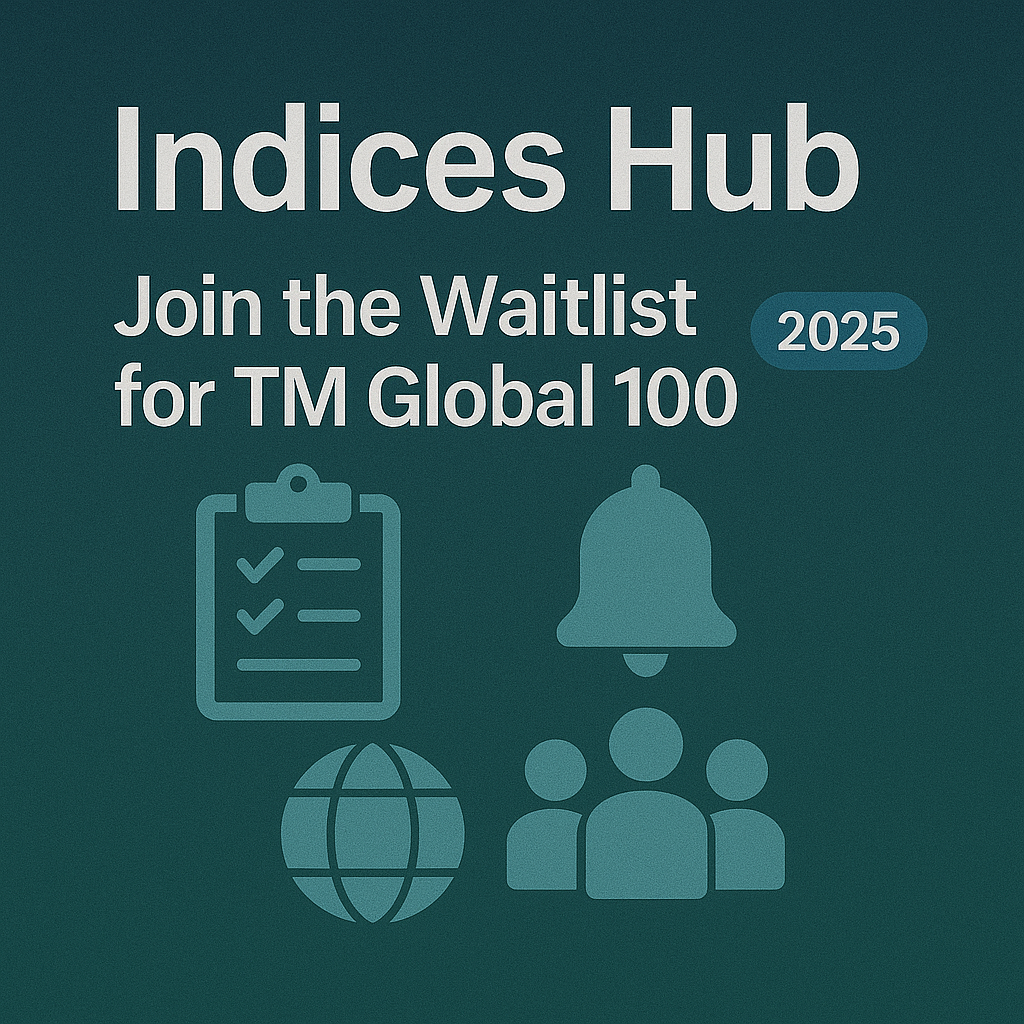
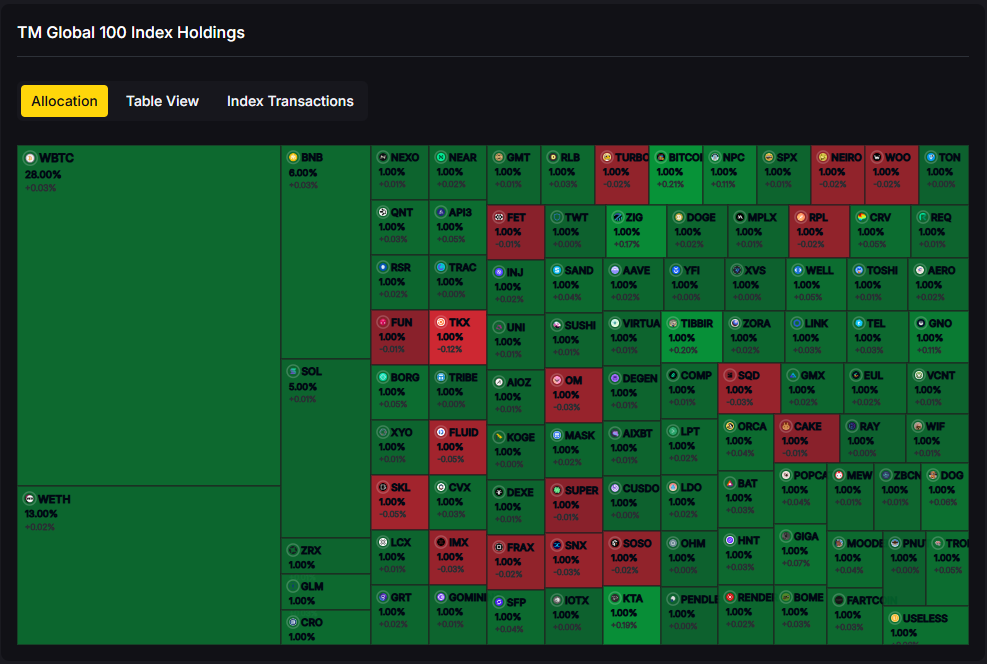

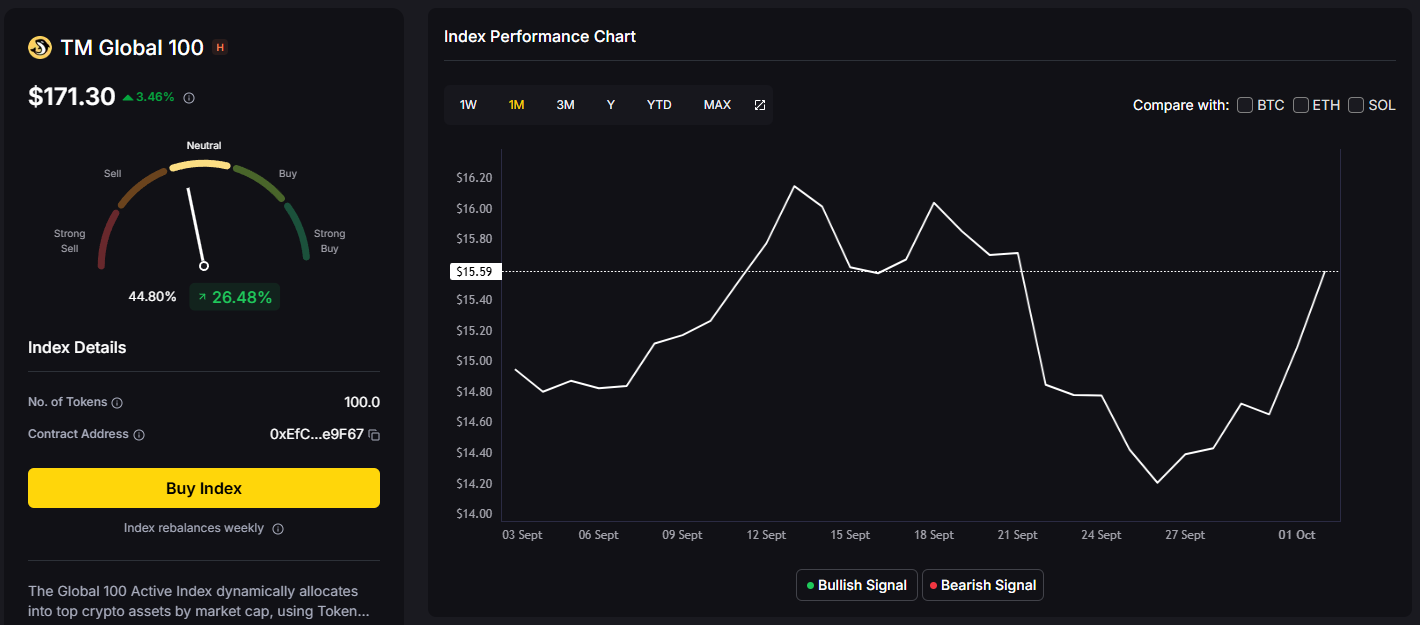
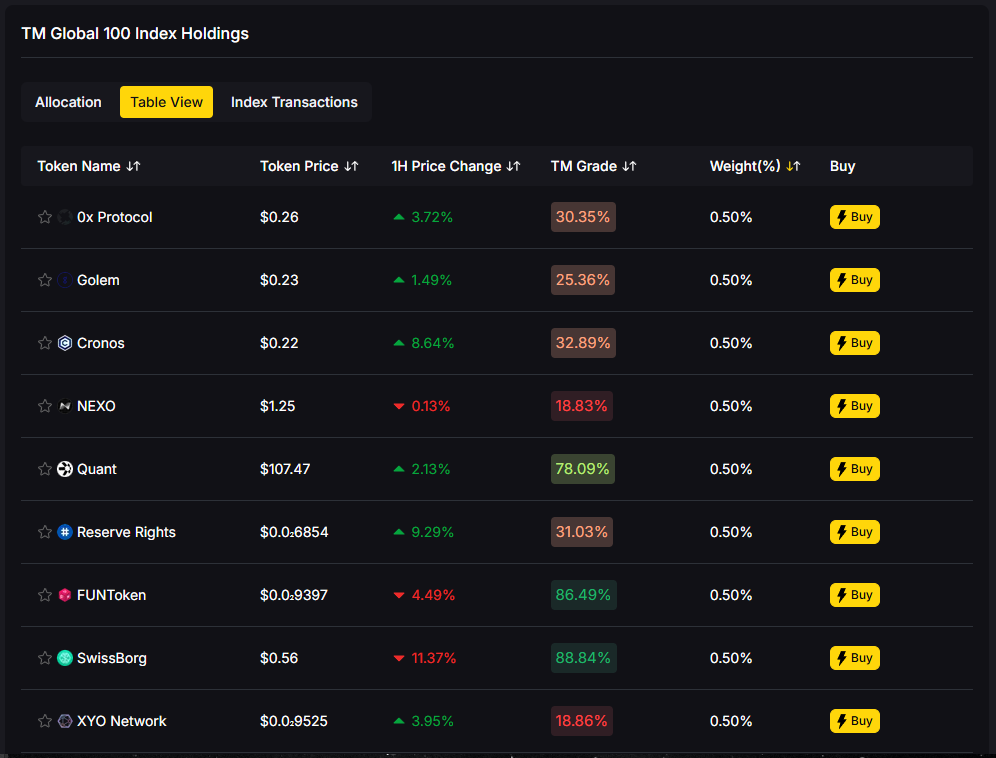
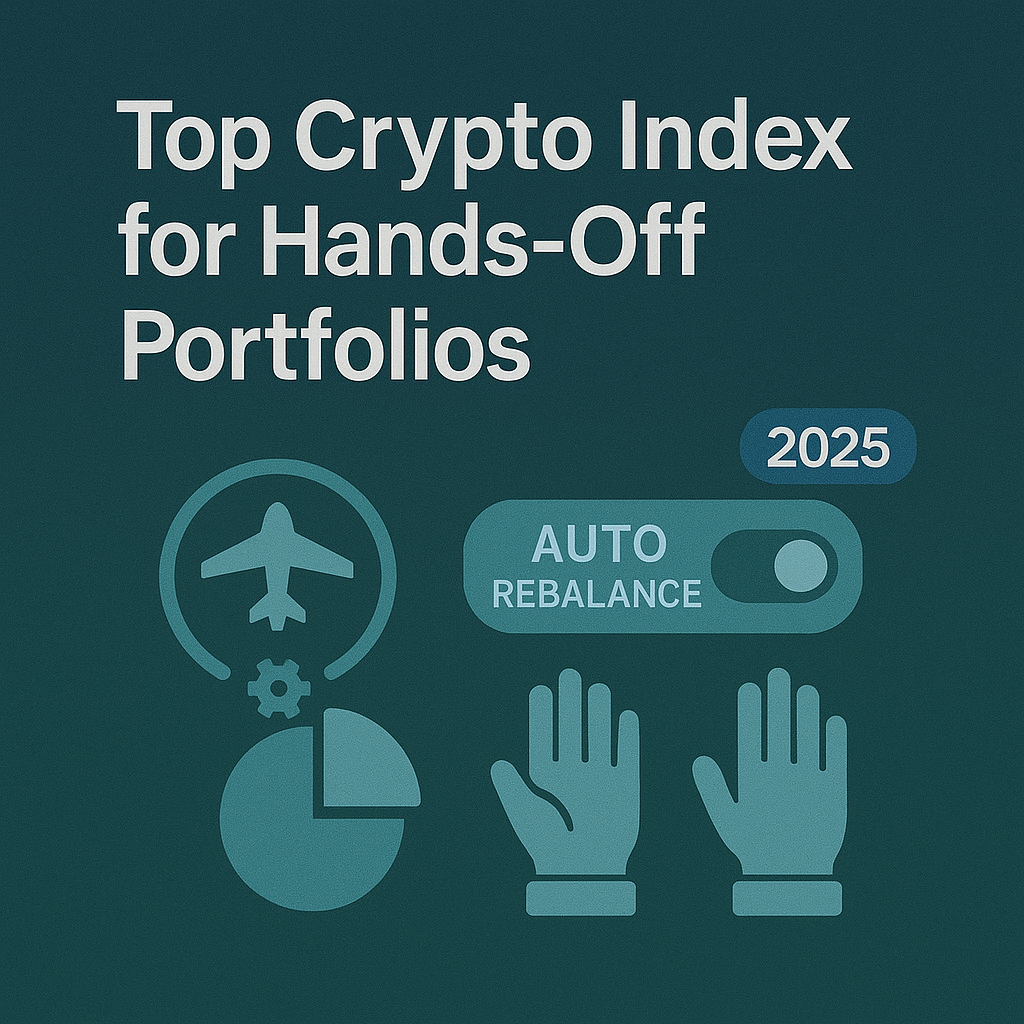





.svg)




.png)